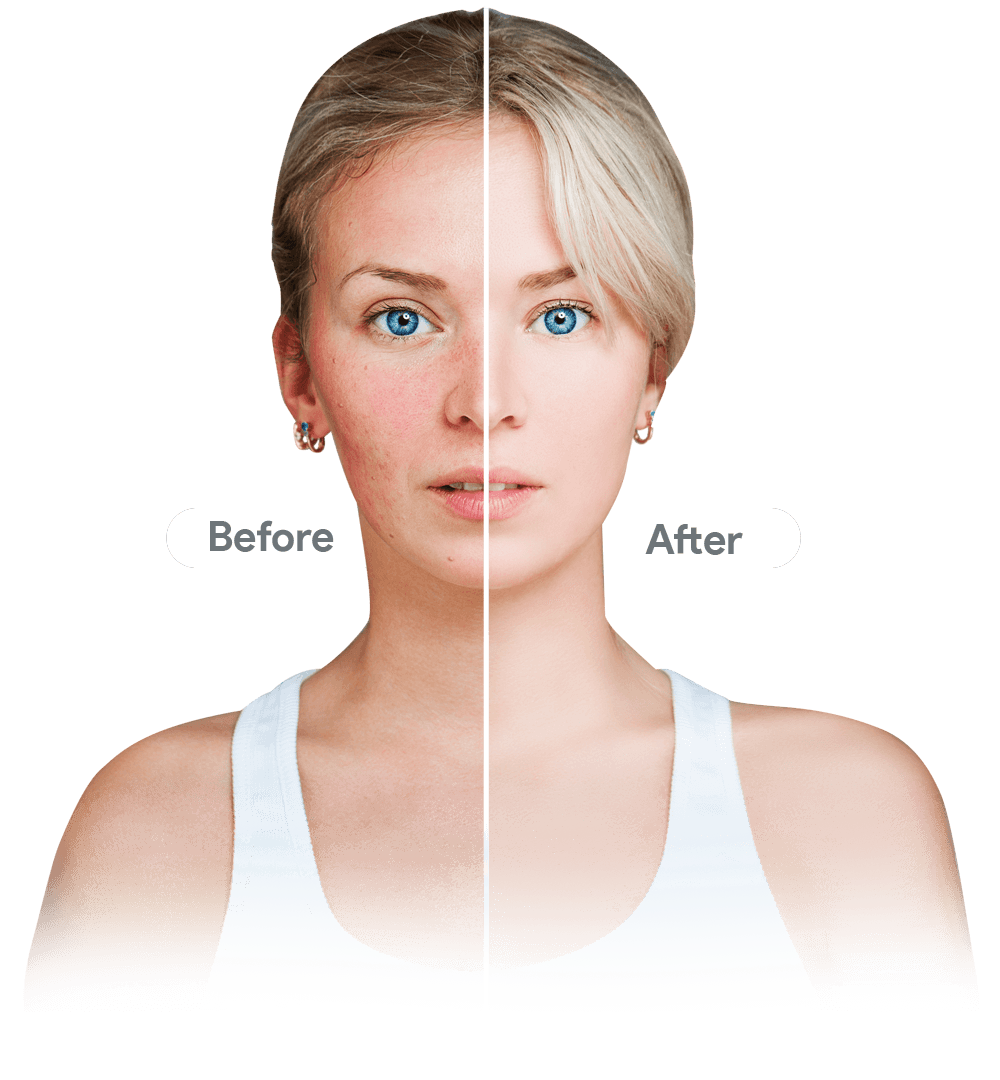
A common skin concern for many women in the Plano, TX area is melasma, also known as chloasma or “the mask of pregnancy.” This condition affects women more than men, with approximately 90 percent of sufferers being female as determined by the AAD (American Academy of Dermatology). Patients who have richly pigmented skin may be more likely to experience melasma than their fair-skinned counterparts. This skin concern is often associated with changes in hormones, which is why it can arise while women are pregnant.
This skin condition can be triggered with hormonal therapy, birth control pills, and pregnancy. It can result in cosmetic change to the skin, which is the most common sign of melasma. Melasma appears as pigmentation patches that are darker than the rest of the skin. It also tends to show up on areas of the body that are more often exposed to sunlight, such as the face. It can look symmetrical and can develop quickly. The condition does not cause patients to itch and it strictly aesthetic.
Melasma is diagnosed with a visual examination and a medical history. The signs of melasma are rather simple for a trained and experienced dermatologist to spot. A dermatologist will want to rule out any infections and determine how severe the melasma is in order to provide effective treatment, if necessary.
This condition is known for going away on its own, or with changes in hormones. Pregnant women may notice the condition go away after they give birth. Patients who are on birth control pills or undergoing hormonal therapy may want to eliminate the hormones or make a change in order to reduce the signs of melasma. This is a personal decision and it should be made with proper education and knowledge, especially for those who are on hormonal therapies for specific medical concerns.
Patients who are unhappy about the way their melasma appears on the skin may also want to speak to their dermatologist about topical treatments such as brightening agents, which can help lighten the affected areas. Procedures such as chemical peels and microdermabrasion may also help by stripping away the upper layers of the skin and lighten the darker patches over time. Melasma patients must be very careful about using lasers, as they can make the condition worse, but there are some carefully selected lasers that can help this condition. Discussing this with your dermatologist will help you choose the best treatment for your condition.
Why Choose DSA Dermatology?
At DSA Dermatology, we bring to you the best of not one but three leading dermatologists in Plano TX,



At DSA Dermatology, we bring to you the best of not one but three leading dermatologists in Plano TX, Dr. Daniel S. Achtman, Dr. Carmine G. McConnell and Dr. Jordan. Achtman.
Dr. Achtman is a board-certified Dermatologist with over three decades of experience. Having graduated from the medical school of McMaster University, he also studied at the UTSW Medical Center in Dallas, TX where he also served as Chief Resident in the Department of Dermatology. In addition to possessing extensive training and experience in cosmetic enhancement techniques, Dr. Achtman is widely known as a leading expert in the diagnosis and treatment of various skin cancers. He is an active member of the American Society for Dermatologic Surgery. Dr. Achtman goes the extra mile to understand your medical concerns and to ensure that he helps you meet your unique aesthetic goals.
Dr. Carmine G. McConnell is a board-certified physician in Plano TX. Having been trained at McMaster University, Canada, she went on to earn her board certification in Texas. Having served as Chief of Staff of her department at Plano Medical Center, she has over two decades of experience in practicing medicine in her practice and while assisting Dr. Achtman in the practice of dermatology. In addition to her extensive postgraduate training in laser therapy and aesthetic surgery, among other procedures, she possesses vast experience in both cosmetic dermatological techniques and family medicine. As a conscientious and caring physician, Dr. McConnell provides her patients with customized non-surgical treatments to help address health and aesthetic concerns related to the skin. She is also keen on helping patients understand their skin and how it can be cared for and protected.
Dr. Jordan Achtman is a board-certified dermatologist in DSA Dermatology at Plano, TX. Dr. J. Achtman graduated from the University of Pennsylvania in Philadelphia and completed his residency in dermatology at UT Southwestern. His expertise spans general, surgical, and cosmetic dermatology. Dr. J. Achtman also has various special interests including chronic itch, infectious diseases of the skin, and the relationship between mental health and skin health. He is also very keen on helping patients form healthy skincare regimens and habits. In the hands of Dr. J. Achtman, you can be assured of innovative and cutting edge solutions for all your skin concerns.


